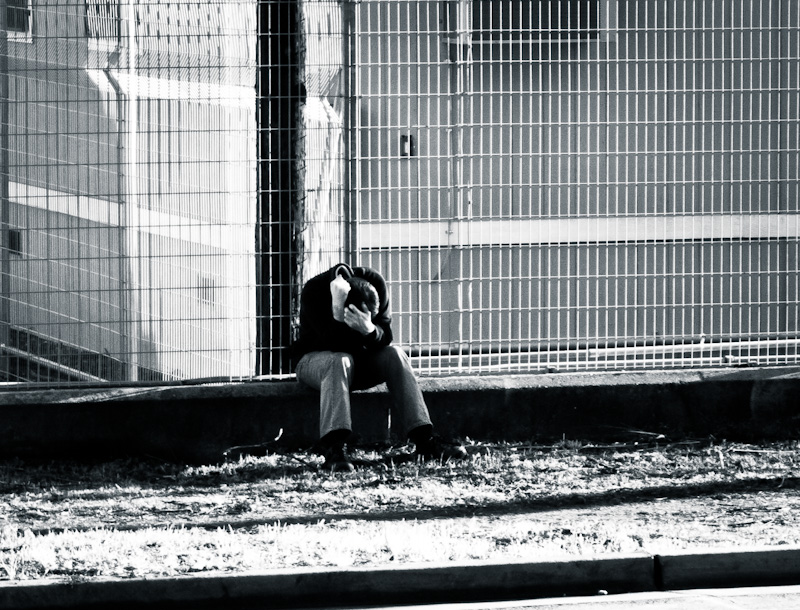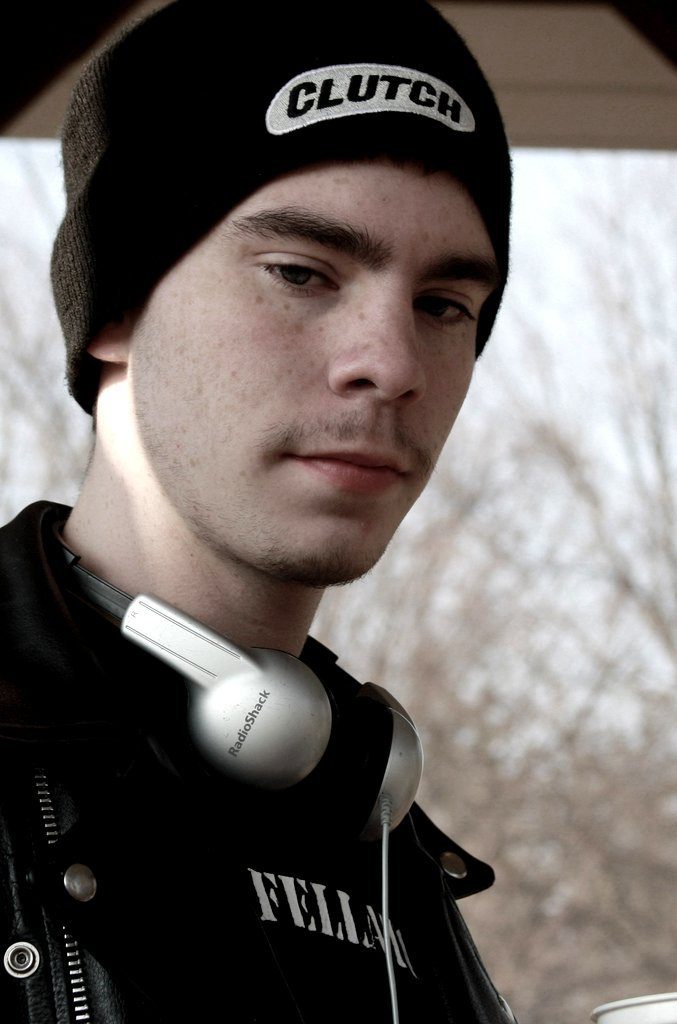The scope of this article focuses on addiction to substances and rehab for teens.
One of the most difficult things to process as a parent is how little control we end up having over the well-being of our children as they get older. If we do our job well, they go from needing us absolutely (as infants) to not needing us at all (as adults).

That doesn’t mean we don’t have a relationship with them, it just means in most circumstances we go from being completely responsible for them to having little or no responsibility for them at all. For many parents, this is a painful transition. By the time they are in their teens, most children are beginning to flex their independence, looking for more freedom and autonomy.
When the choices they make involve addictive behaviors, life can get complicated very fast, made more so by their need to be free to make their own choices.
Helping an adolescent child get clean and sober can lead us through emotional war zones we never anticipated, and the key in the midst of it is to stand firm in our convictions while maintaining as compassionate a stance as we can muster toward our child. This is a challenge under the best of circumstances, and a solid sense of what needs to happen whether they go along with it or not is necessary to chart a course through these difficult waters.
Hard Conversations
There is a frightening array of substances available to teens these days if they are so inclined. We need to be having conversations with our kids about wise decisions, especially in social settings. If you’re at a party, and someone walks up to you and holds out a pill to put it in your mouth, I don’t care who they are or how good looking, you say no thank you.

There are amateur chemists out there who make their own pills. The whole reason for FDA approval on our legal medicines is so the drugs we take won’t damage or kill us, and even they’re not 100%. How much more so something made by a guy in his garage or secret, unmonitored lab?
This may seem perfectly logical to us, and it will to many adolescent children, but this is where that budding desire to choose their own path can rear up and make them want to do exactly the opposite of what we say. The whole, “While you live under my roof” argument can work well up to a point, depending on the adolescent.
If things are not good in the parent-child relationship, applying more pressure may simply make the child more determined to make a bad decision in defiance. If it reaches a breaking point, the child may choose not to live under our roof anymore. This is where we have to decide what we are willing to tolerate.
If a child steals from people in their household, what will we do? If the child threatens violence or becomes violent, what will we do? Some parents are forced by a child’s behavior to have them forcibly removed from the house, but this is a last resort and most parents do not find themselves at that point. One of the potentially helpful options to avoid this outcome is making it possible for the child to go to rehab.
What Is Rehab for Teens?
There are quite a few rehab facilities across the country that take adolescents. The inpatient ones are typically buildings set up more or less like dormitories, with rooms for the patients, and full time medical staff to take care of the patients’ needs and track their progress.

Programs typically run from 30 to 45 days, beginning with intake and orientation, then daily counseling and activities and health checkups, with one or two sessions with family along the way to help everyone in the family unit to better understand addiction and hopefully encourage a more stable environment for the patient to come home to.
Sometimes a facility will recommend a patient graduate from the program to another facility for After Care because the home environment was the place the addiction developed in the first place and a few more months of being clean and sober in a different location can increase the odds of long-term success.
Outpatient facilities are typically similar to medical clinics, where patients can check in, be examined, and meet with counselors in whatever format the particular program takes. Inpatient programs are usually much more expensive than outpatient, but many insurance policies cover care for addiction. It is important to find out up front what your insurance covers, even though you may be under some urgency to find a solution.
About the Substances
Apart from any potential legal implications of possessing controlled substances, it is important to have at least a high-level understanding of what some of the substances are, how they are used, how addictive they can be, and how dangerous they are:
Amphetamines
These are pills that give the user a quick burst of energy or excitability. The effects are strong, producing pleasure in the brain’s reward pathway, which fuels the addiction. Tolerance builds quickly, so the addict has to increase the dosage to get the same effect, which can lead to psychotic episodes.
 Benzodiazepines – Often prescribed for anxiety or insomnia, these are pills like Valium or Xanax (or anything with “…am”, like Lorazepam, etc.), taken by abusers for the calming sense of well-being they provide, but they can cause a quick and dangerous tolerance in as little as six weeks, and are highly addictive and difficult to stop using.
Benzodiazepines – Often prescribed for anxiety or insomnia, these are pills like Valium or Xanax (or anything with “…am”, like Lorazepam, etc.), taken by abusers for the calming sense of well-being they provide, but they can cause a quick and dangerous tolerance in as little as six weeks, and are highly addictive and difficult to stop using.
Methadone
Approved for the treatment of heroin addiction, by some it is considered more addictive and harder to withdraw from. Abusers use it to get high and suffer the same opiate withdrawal symptoms and strong cravings as other opiates, leading to compulsive use.
GHB
Approved by the FDA in 2002 to treat narcolepsy, it causes feelings of relaxation and euphoria, but high doses can induce sleep, coma or death. Repeated use leads to addiction, and then withdrawal symptoms like insomnia, anxiety, tremors, and sweating.
Nicotine
Nicotine acts in the same way that most addictive drugs do, by mimicking an acetylcholine receptor in the brain, while reducing the number of receptors that the brain produces. For many, the long term brain changes caused by continued nicotine exposure result in addiction.
Alcohol
One of the few easily acquired drugs on this list, it relaxes, reduces anxiety and loosens inhibitions. Over time, people need to consume more and more to satisfy the brain. Once addicted, alcohol withdrawal presents dangerous physical and psychological issues.
Cocaine
Most of us have seen it in the movies; the white powder the user forms into lines and then snorts through the nose. It is a stimulant drug that causes dangerous physical effects such as rapid heart rate and increased blood pressure. It is extremely addictive because it keeps a steady stream of dopamine in the brain, preventing further dopamine production and closing down dopamine receptors. When the high fades after a short time, the brain starts to crave the lost dopamine, which makes it very hard to quit.
Crack
Made from a mixture of baking soda and powder cocaine, crack is smoked by the user, so the high is much faster and more intense than snorting cocaine. The high is extremely short, usually less than 15 minutes, so the user craves a scary amount of the drug. Withdrawal symptoms can include deep depression, agitation, and insomnia.
Crystal Meth
Like cocaine, meth gives the user a big dopamine hit, while training the brain to need more. The hangover and withdrawals last days and can break down a person mentally and physically. Addicts may suffer psychosis, hallucinations, memory loss, severe depression, and suicidal ideation, which is why meth is so hard to stop using.
Heroin
Generally thought to be the most addictive drug in the world, studies have shown that a single dose can put the user on a fast track to addiction. It causes euphoria, eases pain and numbs the brain and body. When repeatedly subjected to this flood of opiates, the dopamine receptors become exhausted from over stimulation. Studies have found that people who inject heroin have a higher rate of addiction than those who smoke the drug.
MDMA
Also called ecstasy or Molly, it is a synthetic, psychoactive drug that affects serotonin, dopamine and norepinephrine production in the brain. Studies have suggested it is addictive. Tolerance increases rapidly, and withdrawal symptoms include fatigue, loss of appetite, depression and inability to concentrate.
OxyContin
This is a brand name for oxycodone, a potent synthetic opiate. Similar to heroin, it produces a euphoric high by stimulating the brain’s reward center, elevating the levels of dopamine, the brain’s pleasure chemical. They can be taken in pill form, crushed and snorted or injected. Crushing the pills amplifies the high and increases the likelihood of addiction.
There are other drugs out there, and methods of ingestion. You may have heard of “huffing” where, for example, a user might vent the nitrous oxide from a can of whipped cream and inhales it quickly, for a quick, intense feeling of euphoria. Use of inhalants has been around for a while.
Back in the 1960s, “sniffing glue” became almost a fad for some of the young people. Symptoms may include apathy, belligerence, decreased function in work or social settings, and your mom finding you passed out on the kitchen floor, looking like you’re dead. Believe it or not, this actually segues well into the next section.
What To Do When You Find Out
Parents usually find out their teen is using drugs in one of three ways:
- Observation The teen is witnessed exhibiting behavior clearly demonstrating they are impaired.
- Paraphernalia Whatever drug you use, there is a method employed and the method often involves items that have a very specific purpose. A small Ziploc bag of pills would be a dead giveaway, as would a crack pipe and a lighter, or a spoon that looks like its been heated over a flame, or an empty vodka bottle.
- A Phone Call Sometimes parents find out their teen is using because they crash the car, or have a run in with the police. One of the worst phone calls is the one from the hospital because of an overdose.
Once you find out, the teen has to be separated from their drug long enough for you to have a conversation. Most addicts will have the impulse to do what they can to protect the addiction. This may include appearing compliant, throwing away their stash in front of you, promising to stay clean.
You have to decide how you are going to monitor them or have them evaluated. Doing nothing is not an option, because 9 times out of 10 an addict will lie to protect their addiction and keep right on doing it. If a significant event happens, like the teen on the kitchen floor above, there is no question the teen has a serious problem.
When something significant like this happens it is a huge red flag it can easily go downhill quickly from this point if you don’t intervene firmly. You will likely be very upset, so it is important to calm down enough to have an adult conversation. Screaming only makes things worse. If your teen realizes they have a problem, they may agree to rehab without a fight.
If they are reluctant, having a couple of alternatives in mind might be helpful, “would you rather go to rehab in California or Arizona.” If you know a therapist who works with addiction, they can help you through this transition, help you find a place and stick to your guns in the face of resistance from your teen.
When Does Rehab for Teens Really Help?
Effectiveness of treatment is dependent on a number of factors, including the patient’s psychological makeup, family system, support system, and their drug of choice. The statistics on the number of addicts who get clean and stay clean for the rest of their lives are pretty disheartening, but you have to give it your best shot and hope and pray for the outcome, as with any medical condition. Firm, compassionate, calm support for your teen’s recovery will go along way toward giving them every chance to succeed.
“Sunset Smoke,” courtesy of Kirk Olson, Flickr Creative Commons, CC by 2.0; “Valentine’s Day,” courtesy of Charles Nadeau, Flickr CreativeCommons (CC BY 2.0); “Clutch,” courtesy of Nathan Csonka, Flickr Creative Commons, CC by 2.0; “Blur,” courtesy of Leo Cardelli, pexel.com, CC0 License






